How We Select the Best Flower Bulbs for Your Spring Garden
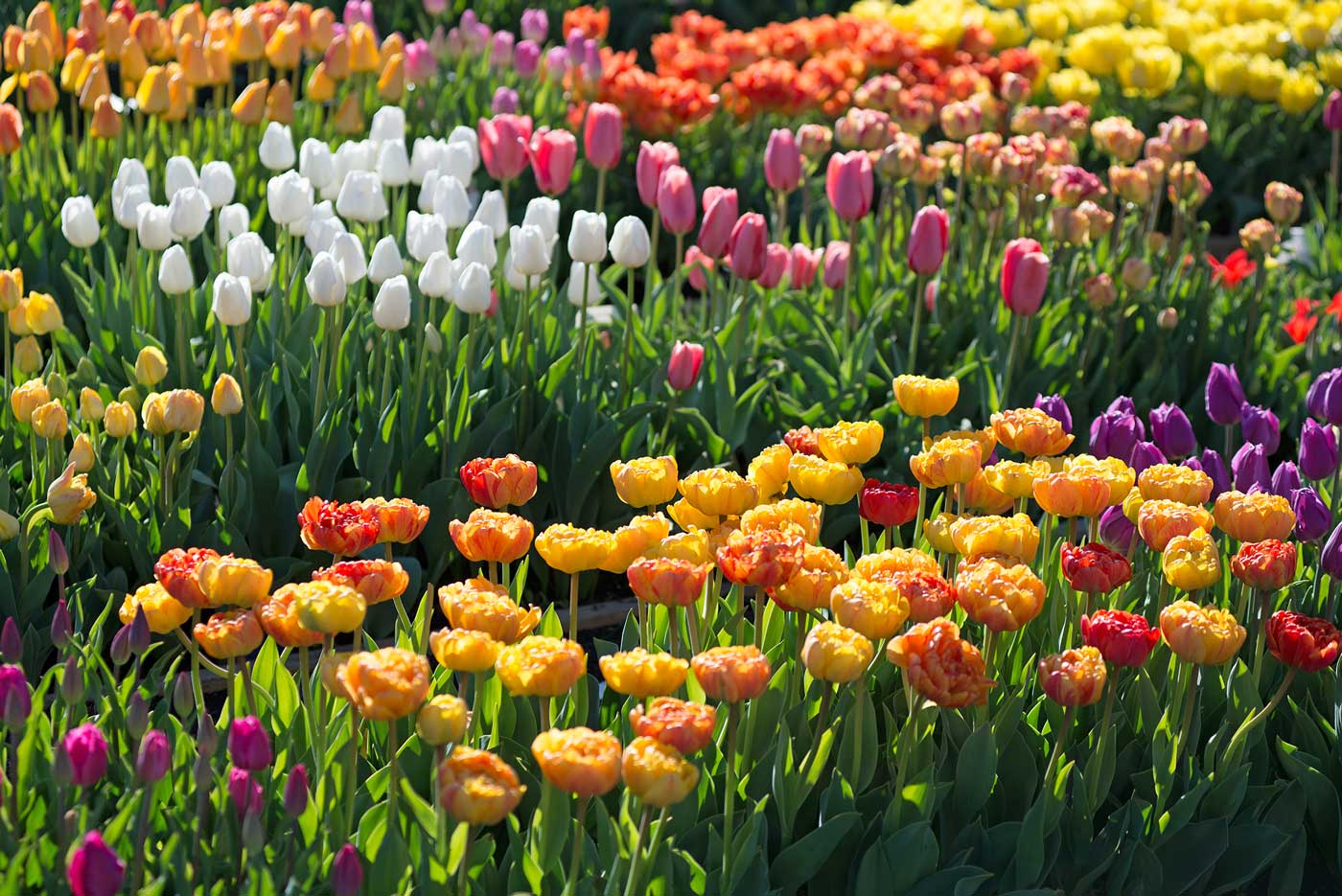
The world’s flower farmers produce about 8.5 billion flower bulbs every year — and 80% of them are grown in Holland. Others try, but it’s difficult to compete with hundreds of years of experience and Holland’s almost perfect growing conditions for spring bulbs: sandy soil, cool and moist spring weather, and warm, relatively dry summers.
Most gardeners in the U.S. have growing conditions that are very different from the Netherlands. We belive it’s important to know how Dutch bulbs perform when they’re not in Holland. One way we do this is by maintaining a trial garden behind our warehouse in New Jersey, where each fall we plant approximately 200 different varieties of spring-blooming flower bulbs. Between the landscaped garden areas and the trial beds (shown above) we usually put in about 25,000 bulbs!
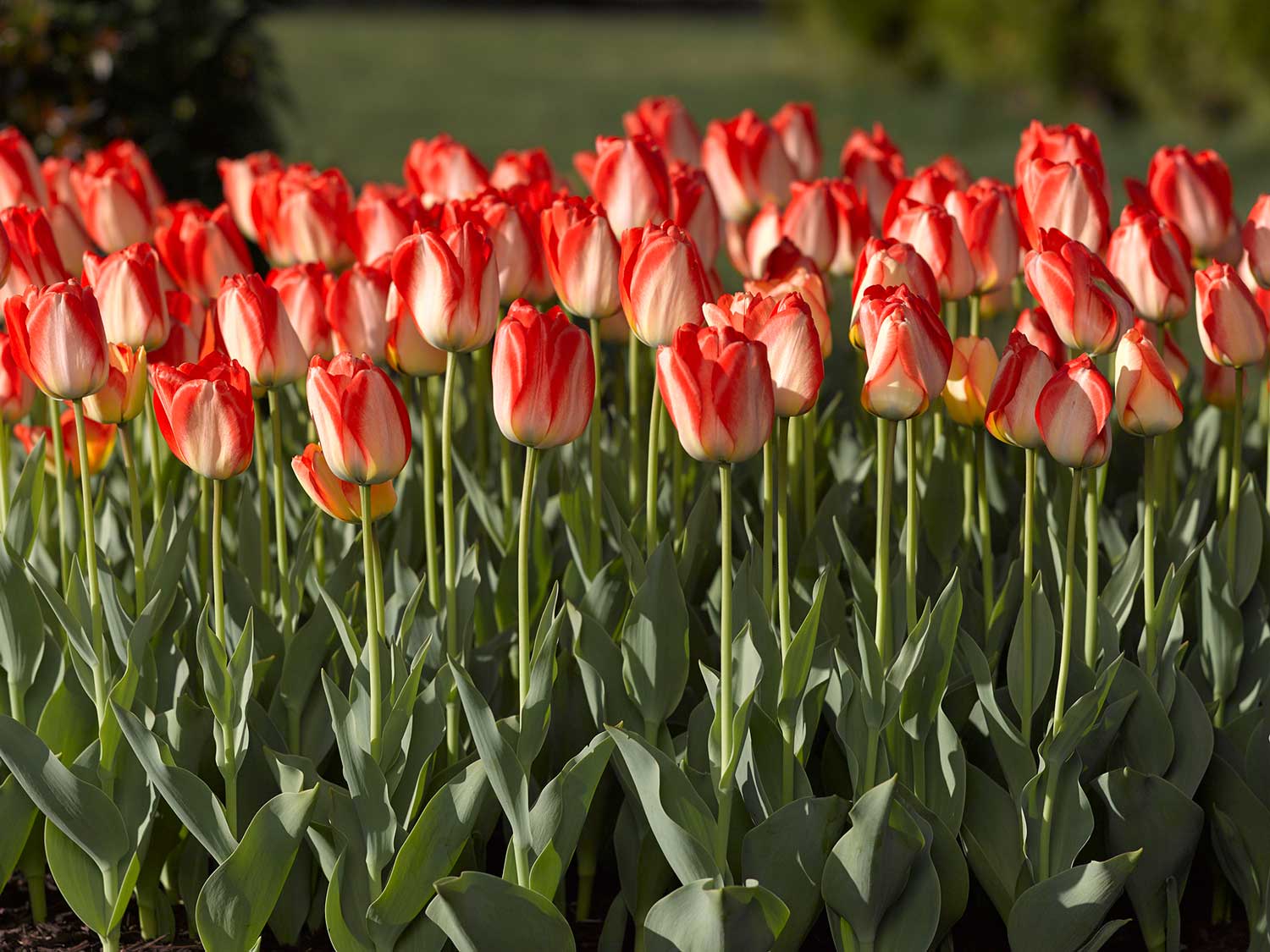
When spring comes, each variety is evaluated as to bloom time, shape, color, size and longevity of the flowers, height and foliage quality. Seeing how these bulbs bloom here at home, helps us identify outstanding performers (like American Dream shown above) and weed out those that are not as impressive.
We also use these plantings to experiment with new bulb combinations, generate new photography and learn about some of the challenges home gardeners face, such as difficult soils and varmints including deer, raccoons, woodchucks, chipmunks and opossums (we’ve had them all).
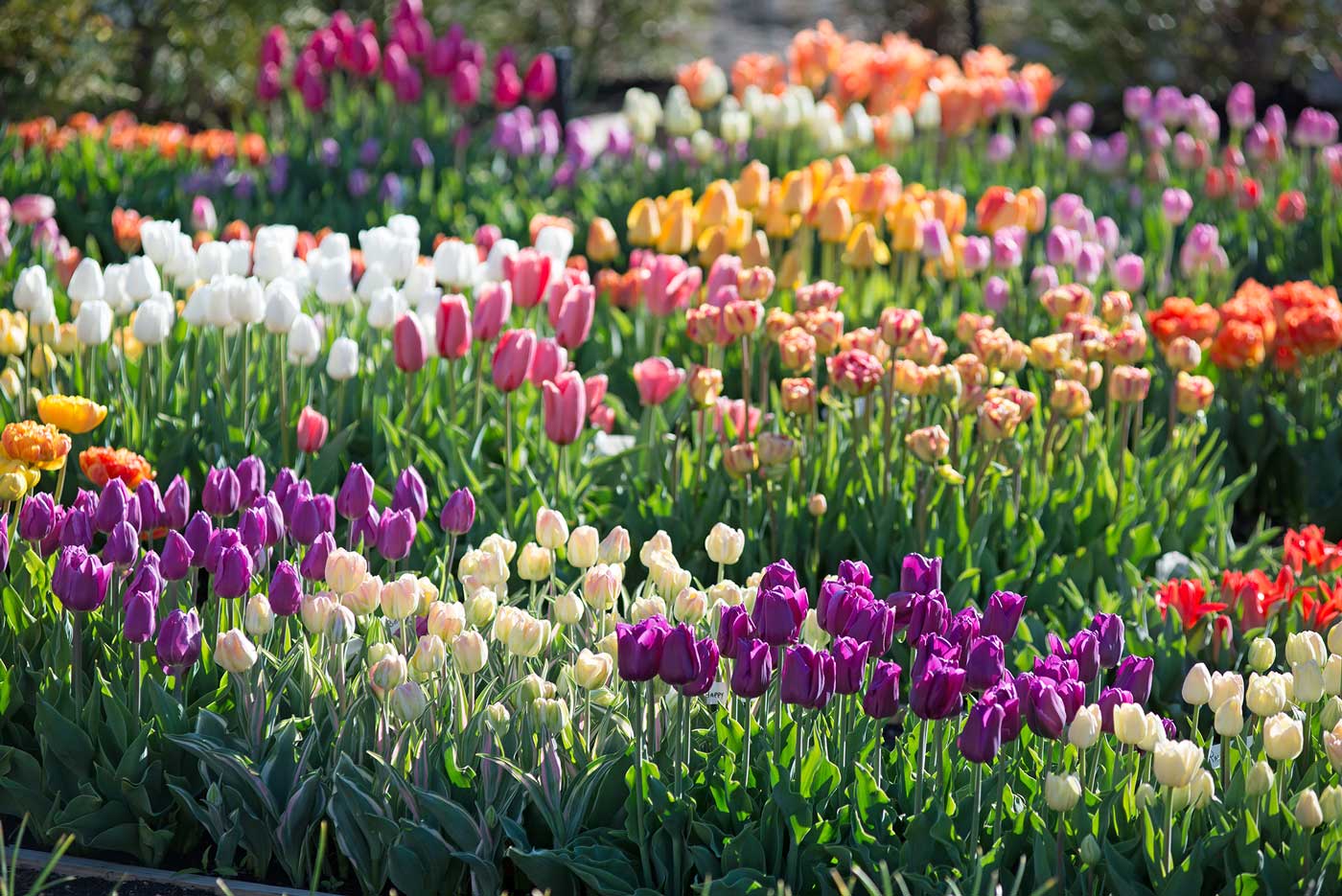
We know climate change is presenting gardeners with many new challenges. Our trial gardens give us the opportunity to understand how bulbs cope with weather extremes such as high temperatures, droughts, floods, hurricanes and tornados (we’ve experienced all of these as well).
This past winter (2015-2016) was unusually mild, but in early April, temperatures in southern New Jersey dropped into the teens and low 20s. When this record-setting cold weather hit, many of our daffodils and early tulips were already budded or in bloom. It was interesting to see which plants escaped unscathed and which ones suffered.
Temperature control is critical when forcing bulbs in a greenhouse (which is the way most bulbs are grown in Holland — for the cut flower trade). This spring, unusually cold weather stunted early bloomers such as daffodils, Darwin hybrid tulips and hyacinths. When the weather finally warmed up, the stems gradually lengthened, but many bulbs began blooming at half their normal height. The photo below shows Van Eijk, a Darwin hybrid that’s typically twice as tall as the Tete a Tete daffodils.
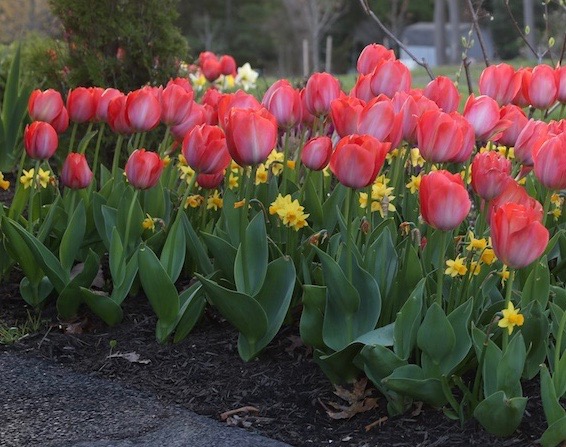
We also use our trial garden for photography. In Holland, spring weather is usually cool so the flowers last a long time and the skies tend to be overcast, so you can photograph all day rather than just in the morning and evening. But Holland is 3600 miles away and our trial garden is right outside the back door.
As much as possible, we also want to show you how these spring bulbs will look when they bloom in your garden. Below is double late tulip Orange Princess and daffodil Beautiful Eyes. After seeing them together this spring, it was an easy decision to offer them as one of our “Perfect Pairs” this fall.
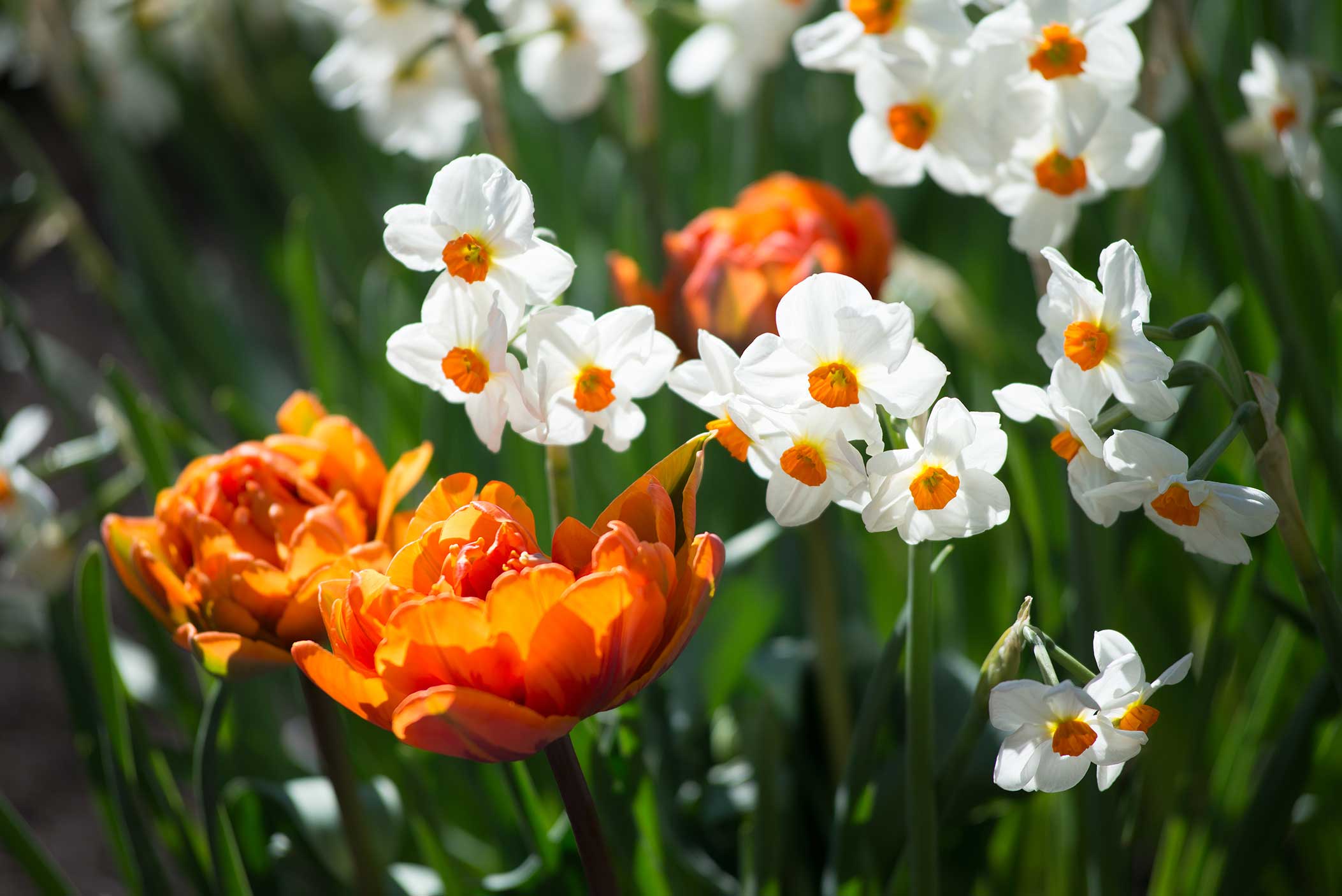
Spring-blooming bulbs can fill your garden with color long before other plants start to wake up. Want to learn more? Read How to Plan a Spring Bulb Garden or get inspired by some of our planting videos that show where and how to plant bulbs around your home and garden.

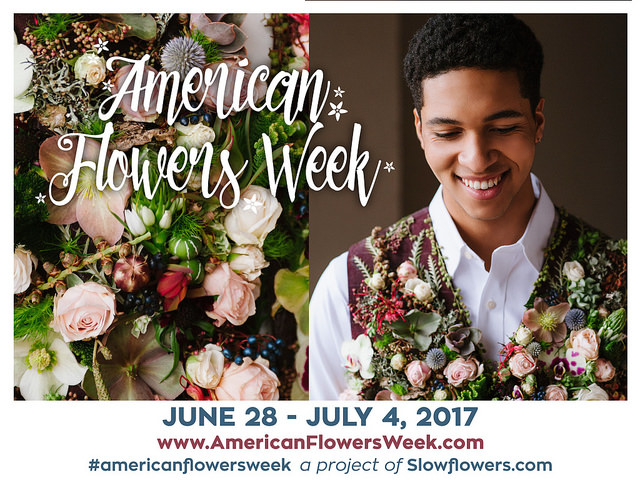
[…] In our trial garden, we’ve been experimenting with planting muscari bulbs right on top of tulips or daffodils. […]